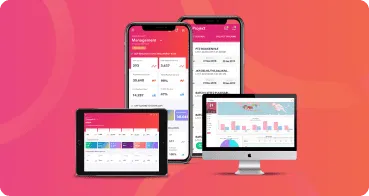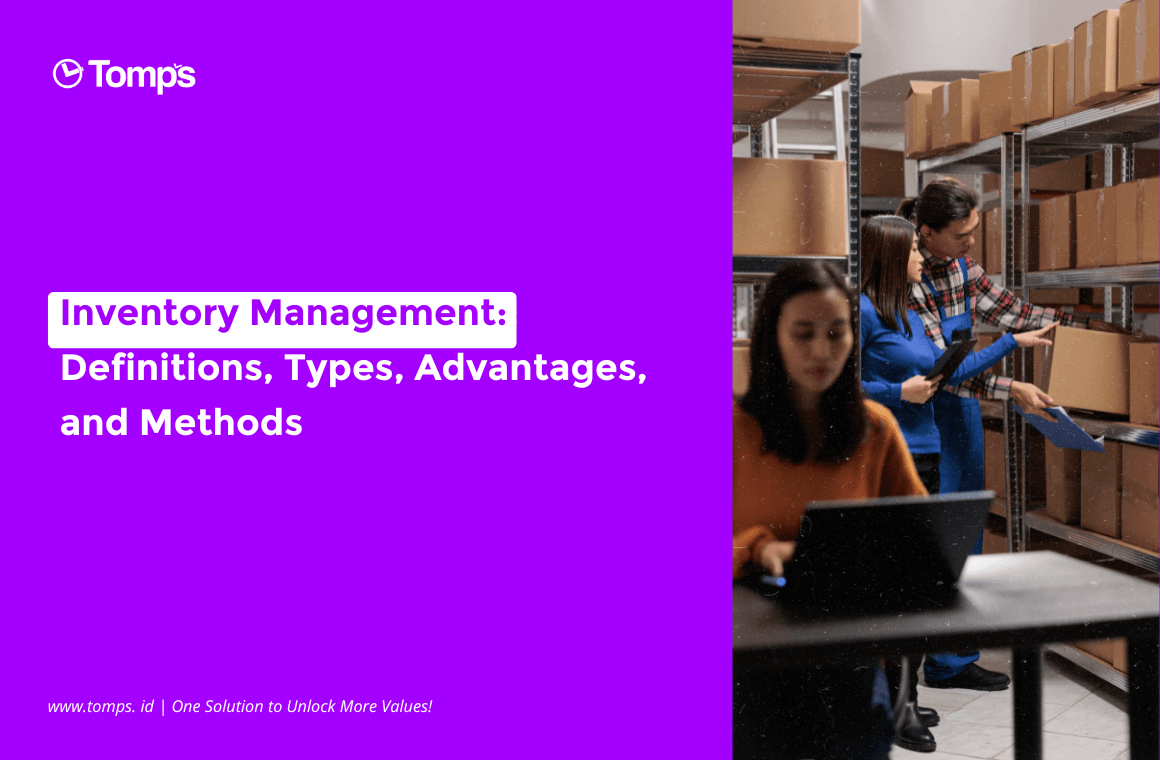Have you ever had a problem with a project that was delayed, a budget that swelled, or even caused a project to stall? Tomps Friends, one of the many factors that cause these problems is the quality of your project timeline.
What is a Project Timeline?
The project timeline can be interpreted or described as a visualization of various project activities that have a timeline to make it easier for the project manager and all stakeholders to see the big picture of how the project will run. Later, each existing activity or task is marked with a start and finish timeline. Generally, the project timeline is visualized in the form of a horizontal bar chart.
The project timeline has a high essential value for a project. With the project timeline, you can see when each task is due and how one task relates to another. Not only that, the project timeline can also help you determine the priority direction so that the most efficient task delegation and scheduling can be carried out.
Steps to Create a Project Timeline
According to PMI, there are 7 steps to create a good project timeline:
1. Developing The Work Breakdown Structure (WBS)
Have you ever felt confused about how to start managing a project because the scope of work was very complex? One way out of this problem is to create a Work Breakdown Structure (WBS). WBS is one of the important elements in project planning. WBS will help you break down a large job into smaller units.
Breaking down work into smaller tasks is a common productivity technique used to make work easier to manage and accomplish. Through WBS, you will find it easy to view work details, make scheduling, track every progress that exists, detect problems that arise, to make good budget estimates.
Making WBS is one of the most crucial stages in the planning stage, especially scheduling. The right WBS is the backbone for the right schedule. A project without a WBS can be imagined like someone who goes to work without knowing his KPIs.
2. Defining Work Packages
Work packages are the lowest level of detail in the WBS. There are usually several work packages required to fulfill one WBS element. This work package must be ensured to be structured so that all work can be allocated to complete the elements of the WBS. This required work package should later be written in a “verb-noun” structure describing what actions were performed on which items (example: repairing website navigation-collecting error lists).
3. Defining Activities
The next step in creating a project timeline is defining project activities. This stage is a further breakdown of the previous work package. Activities here can be interpreted as real actions taken by individuals or groups that can be measured to determine their current state subjectively and not objectively. Keep in mind, though, that the activity defined here is something that can be measured.
4. Defining Logic
Logic here can be interpreted as a stage of determining the relationship or dependency between project activities. There are four types of standard logic commonly used: finish-to-start, start-to-start-, start-to-finish, and finish-to-finish. At this stage, you must ensure carefully that the applied logic is accurate with reference to hard logic, not affected by soft logic and false logic.
Hard logic is the only valid form of logic to be used in determining the project timeline. Hard logic or mandatory dependencies are dependencies that are attached to a project or job and take into account physical limitations to technical limitations. Whereas, soft logic is dependencies built on knowledge of best practices in a particular application area or unfamiliar aspect of a project where a certain order is desired. Based on project management in terms of time, this type of logic is often referred to as preferential logic. There is also false logic, which is logic used to arbitrarily change the order of activities in the schedule to achieve a predetermined result in the start or end date of an activity.
5. Defining Resources and Work
When reviewing tasks for work to be completed, the amount of resources (both human and non-human) can be ignored at the outset. The first thing to worry about at this stage is to make sure that you have identified the type of resource that fits the needs at hand to complete the activity. For example, when you are looking for a programmer, make sure he is familiar with the tools your project uses. Also calculate what work packages are their responsibilities.
6. Defining Duration / Time Frame
The next step in compiling the project timeline is to determine the duration of the activity. This will allow you to determine how much of each type of resource is required as well as the time required to complete the project. You can also estimate the duration using the PERT (Program Evaluation and Review Technique) technique and run a Monte Carlo simulation as a part of risk management.
7. Analyzing the Schedule
If the schedule is neatly arranged, then now is the time for you to do a deeper analysis. One of them is to ensure that you have fulfilled your contractual obligations. Once confirmed, then you can use other techniques to determine that the schedule is valid. There are many methods used to analyze schedules, but the CPM (Critical Path Method) method is by far the most common and the easiest to understand.







